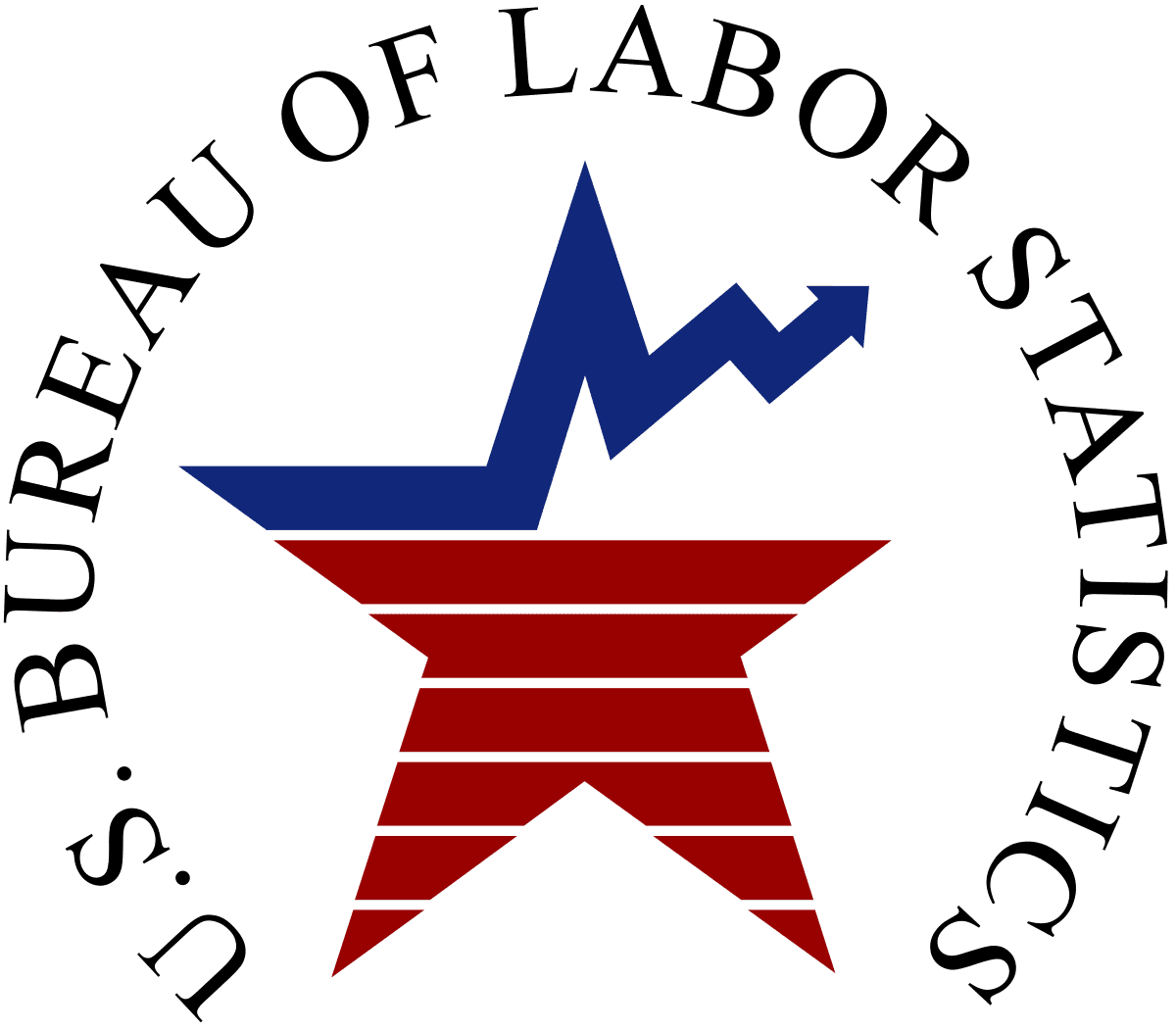Economy Gains 467,000 Jobs in January; Unemployment Steady at 4%

The U.S. economy gained 467,000 jobs in January, and the unemployment rate was essentially unchanged at 4%, according to figures released Friday morning by the U.S. Bureau of Labor Statistics.
In response to the January job numbers, AFL-CIO Chief Economist William Spriggs said:
Mercifully, local government employment is up 313,000 since last year, and is likely because of the American Rescue Plan helping state and local governments, with a heavy target on getting money to the local government level.
Over the year, wage growth was solid, at a little over 5%, and except for those low-wage workers in leisure and hospitality, running around current inflation projections. Leisure and hospitality workers, at 13% pay increases, are benefiting from rising minimum wages, most of which are indexed to inflation. So, the Fed should not see anything to suggest wages are out of hand.
He also tweeted:
With the spike in COVID from the Omicron variant, this report puts today’s #JobsReport in context, most restaurant workers don’t have paid sick days
Line cooks have the highest risk of dying during pandemic, plus other riskiest jobs: study https://t.co/cl49gdSEG3— William E. Spriggs (@WSpriggs) February 4, 2022
Good news for Black workers, January’s labor force participation was back up to 62.0%, the share holding jobs was up to 57.7% and the share unemployed down to 6.9%. All good. But, still worse than the (all races) high school dropout unemployment rate of 6.3%. @AFLCIO
— William E. Spriggs (@WSpriggs) February 4, 2022
A good sign for the labor market is that Black labor force participation (which is the most sensitive to actual firm hiring) has reversed its recent decline and bounced back to equal white labor force participation. #JobsReport @AFLCIO pic.twitter.com/XRnUtxRj0l
— William E. Spriggs (@WSpriggs) February 4, 2022
The rapid rise in the share of Americans holding jobs is tremendous, but the @federalreserve must note the distance we have to go to get back to pre-pandemic levels, and the full recovery from the Great Recession. We can’t risk a permanently smaller economy. @AFLCIO pic.twitter.com/h5LUFACATQ
— William E. Spriggs (@WSpriggs) February 4, 2022
Job gains were widespread (moving right on the chart), with big gains in lower wage industries (moving down on the chart). Leisure & hospitality gains were big, Professional services (consultants and temporary help) and retail trade leading the way. @AFLCIO pic.twitter.com/QrWJ1eGzkC
— William E. Spriggs (@WSpriggs) February 4, 2022
Total private sector average hourly wage rose 5.7%, but slightly lower for the highest wage industries, construction and durable goods manufacturing, the big gains were low wage workers getting minimum wage boosts from the #Fightfor15 and inflation indexing by states, 13% @AFLCIO pic.twitter.com/783YhF9P0e
— William E. Spriggs (@WSpriggs) February 4, 2022
This chart from @BLS_gov ( https://t.co/Kjxdf9vX10 ) shows the rapid return of self-employment (which includes gig work). The household survey captures both that and the lower dark line which is payroll employment in the household survey. Self-employment is rising faster. @AFLCIO pic.twitter.com/sQSjWzLSTa
— William E. Spriggs (@WSpriggs) February 4, 2022
Look at who is stressed. The index of aggregate weekly hours is a comparison to 2007 (the pre Great Recession economic peak). January 2022 over January 2021 look at the biggest increase: leisure & hospitality. Restaurant workers face high incidence of COVID @AFLCIO pic.twitter.com/p8T42i51QO
— William E. Spriggs (@WSpriggs) February 4, 2022
The reallocation of women to higher wage industries is a silver lining in the she-session. Women gaining footholds in higher wage industries is good for the economy, it expands the pool of experienced workers and lowers inflationary pressures. Pass @POTUS #BuildBackBetter now.
— William E. Spriggs (@WSpriggs) February 4, 2022
We should continue to take the labor force participation numbers with a grain-of-salt, 72% of the newly employed in January were “not in the labor force” (i.e. not looking) in December, a very high success rate (72%) compared to those who flowed into unemployment. @AFLCIO pic.twitter.com/FTBC3pa4BB
— William E. Spriggs (@WSpriggs) February 4, 2022
Last month’s biggest job gains were in leisure and hospitality (+151,000), professional and business services (+86,000), retail trade (+61,000), transportation and warehousing (+54,000), local government education (+29,000), health care (+18,000) and wholesale trade (+16,000). Employment showed little change over the month in mining, construction, manufacturing, information, financial activities and other services.
Among the major worker groups, the unemployment rates for adult men (3.8%) and White Americans (3.4%) edged up in January. The jobless rates for teenagers (10.9%), Black Americans (6.9%), Hispanics (4.9%), adult women (3.6%) and Asian Americans (3.6%) showed little or no change over the month.
The number of long-term unemployed workers (those jobless for 27 weeks or more) declined in January and accounted for 25.9% of the total unemployed.
Kenneth Quinnell
Fri, 02/04/2022 – 09:43
